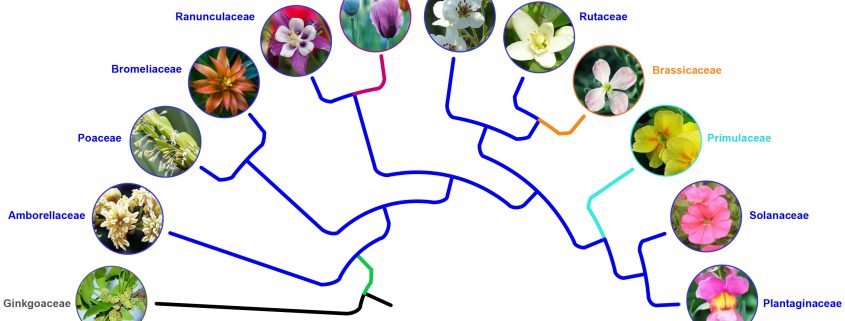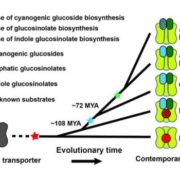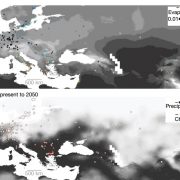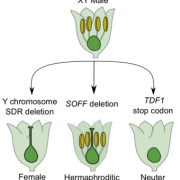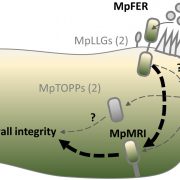Dynamic Evolution of Self-Incompatibility in Angiosperms
Zhao et al. demonstrate the dynamic evolutionary processes of self-incompatibility in angiosperms.
By Hong Zhao and Yongbiao Xue, State Key Laboratory of Plant Cell and Chromosome Engineering, Institute of Genetics and Developmental Biology, and the Innovation Academy of Seed Design, Chinese Academy of Sciences, Beijing, China
Background: Self-incompatibility (SI) is a widely occurring outcrossing mechanism leading to an inability of a fertile seed plant to produce zygotes after self-fertilization. Loss and regain of SI have frequently occurred during angiosperm evolution under the fluctuating selective pressures of inbreeding and outcrossing. Typically, among eudicots, there are four types of SI controlled by tightly linked female and male S genes forming the S-locus. For type-1 SI, the broadest taxonomically distributed SI system found in Plantaginaceae, Solanaceae, Rosaceae and Rutaceae, the S-locus contains S-RNase encoding the female S determinant, flanked by several S-locus F-box genes (SLFs) encoding the male S component. Multiple SLFs collaborate to detoxify non-self, but not self, S-RNases.
Question: We wanted to know how SI originated and evolved to be maintained or lost and the relationships among the four types of SI systems, by using a combination of genetic, phylogenomic and functional analyses.
Findings: First, the male S factor (SLFs) from a broad range of eudicots can detoxify S-RNases from Petunia hybrida with a high detoxification probability, suggesting that this is an ancestral system enabling outcrossing that was followed by the evolution of multiple SLFs. Many broad angiosperm species have likely established tightly linked female (T2 RNase) and male (F-Box Associated/F-Box Associated Kelch repeat) components to acquire type-1 SI. Third, loss of type-1 SI repeatedly occurred during angiosperm evolution to yield self-compatible lineages via S-locus deletion or duplication resulting from whole-genome duplications. However, other lineages regained SI either through deletion or inactivation of duplicate type-1 S-locus to maintain type-1 SI or evolved new SI of type-2, 3 or 4 systems.
Next steps: Our research reveals the highly dynamic evolutionary process of SI in angiosperms, providing a molecular evolutionary framework for SI studies. Further investigations into the function of type-1 S-locus from many angiosperm species will enrich our understanding of the origin and evolution of type-1 SI and shed light on the SI mechanisms of economic crops and grasses to enhance their breeding potentials.
Reference:
Zhou, Han Guo, Miaomiao Li, Junhui Li, Qiang Gao, Qianqian Han, Huaqiu Huang, Lucy Copsey, Qun Li, Hua Chen, Enrico Coen, Yijing Zhang, Yongbiao Xue (2021). Origin, Loss and Regain of Self-Incompatibility in Angiosperms. Plant Cell. https://doi.org/10.1093/plcell/koab266


